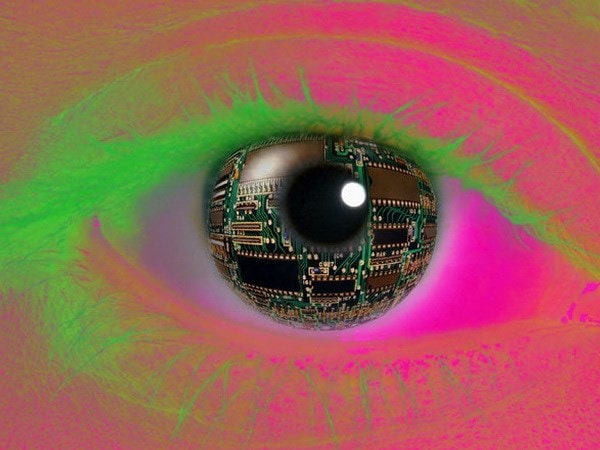Contact lenses help people see in the dark?
 |
Contact lenses help see clearly at night? (Source: discovery.com)
Wearing a pair of lightweight infrared contact lenses to see at night - this sounds like something only happens in spy action movies. But now, thanks to recent research by scientists at the University of Michigan (USA), infrared contact lenses can completely become a reality.
Researchers at the University of Michigan have tapped into the optical properties of graphene to create infrared contact lenses. Last year, IBM demonstrated some of the photoconductive mechanisms of graphene that make it so effective at detecting infrared light.
Graphene can detect the entire infrared spectrum, including visible light and ultraviolet rays. But despite this great advantage, graphene also has a great disadvantage. Because graphene is only one molecule thick, it can only absorb 2.3% of the light that falls on it. That alone is not enough to create an electrical signal, and without an electrical signal, graphene cannot function as an infrared sensor.
So, to overcome this weakness, scientists sandwiched an insulator between two layers of graphene. The lower layer of graphene has an electric current running through it. When light is shone on the upper layer, electrons are released and can create a quantum tunneling effect through the insulator, thereby amplifying the electrical signals created when the light is shone on. By measuring the change in the current in the lower layer, scientists can know exactly how much light is falling on the upper graphene layer.
The device is as sensitive as cooled infrared sensors, but can operate at room temperature. Scientists were able to make the sensor the size of a pinky nail, or the size of a standard contact lens.
“If we combine this technology with contact lenses or other eye wearables, it will expand our field of vision. It will allow us to interact with the environment in a completely new way,” said Zhaohui Zhong, an associate professor at the University of Michigan.
Infrared rays have become quite familiar, with applications in the military, to help people see in the dark. In addition, this technology can also be used in medicine, for example, helping doctors control blood circulation.
Whether or not the ability to see in the dark will be attractive in the future remains to be seen. However, the basic principle opens up the potential for the technology to be developed in a range of new materials and devices. Perhaps an infrared version of Google Glass will be released in the future?
According to Vietnam+

.png)






